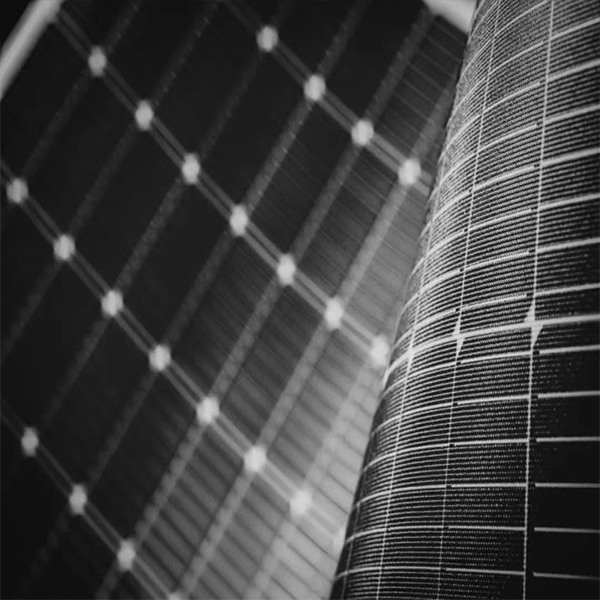As solar energy becomes an increasingly popular source of power generation, the demand for more efficient and aesthetically pleasing solar panels is on the rise. Thankfully, advancements in technology are providing innovative solutions to these challenges, particularly in the form of textured solar panels.
Traditionally, solar panels have been smooth and uniform, which can limit their effectiveness in capturing sunlight. But with the introduction of textured designs, the surface area of these panels is increased, allowing them to absorb more light and generate more energy. This is achieved through a variety of techniques such as etching, imprinting, or even coating with nanostructures.
One example of a pioneering textured solar panel is the biomimetic design developed by researchers at MIT. Taking inspiration from the way that leaves draw in light through their veins, these panels have microscopic ridges and grooves that reflect and scatter sunlight, boosting their efficiency. This same principle has also been utilized in the development of foldable solar cells, which can be unfolded like an origami pattern to increase their surface area.
But it’s not just performance that makes textured solar panels a game-changer – their unique designs are also transforming the aesthetics of solar installations. Instead of being seen as an eyesore, textured panels can blend seamlessly into buildings’ facades or even function as art installations. For example, Tesla’s Solar Roof tiles are designed to mimic traditional roofing materials while generating electricity, making them a popular choice for homeowners seeking a stylish and environmentally-friendly option.
As technology continues to advance, the possibilities for textured solar panels are endless. By combining both efficiency and aesthetics, these designs are sure to play an important role in the future of clean energy.

